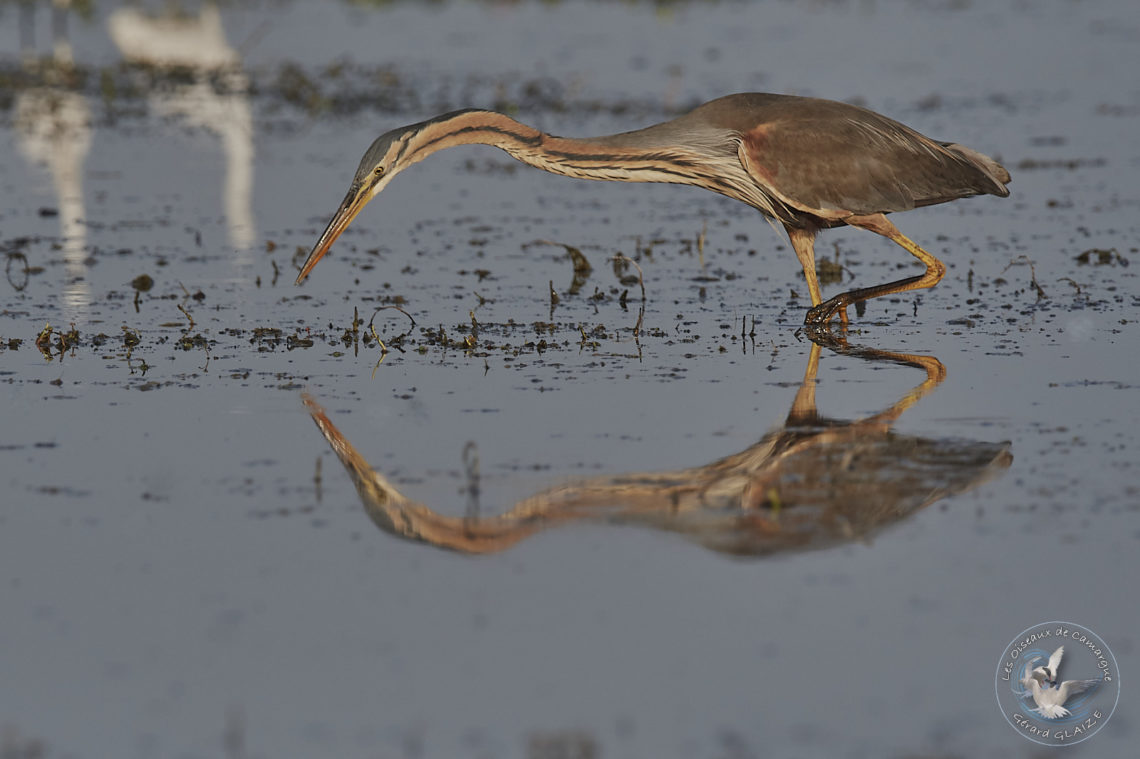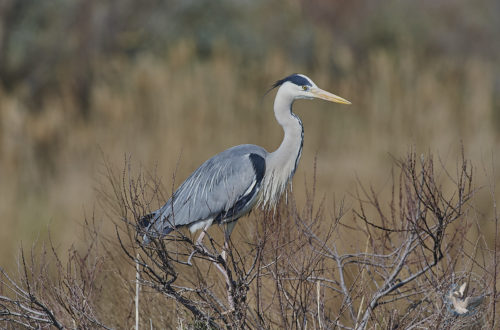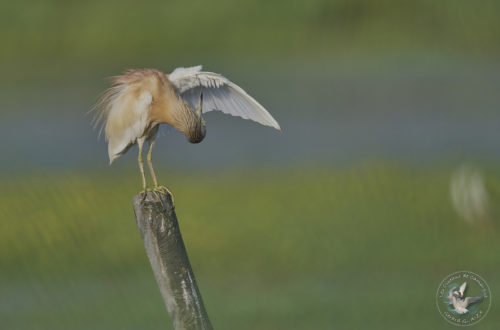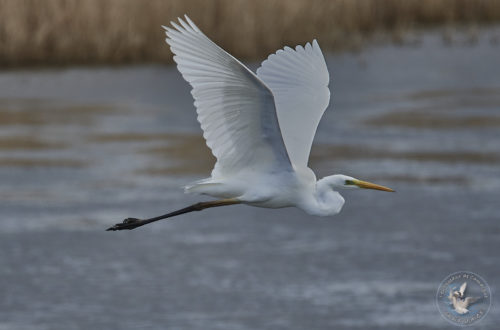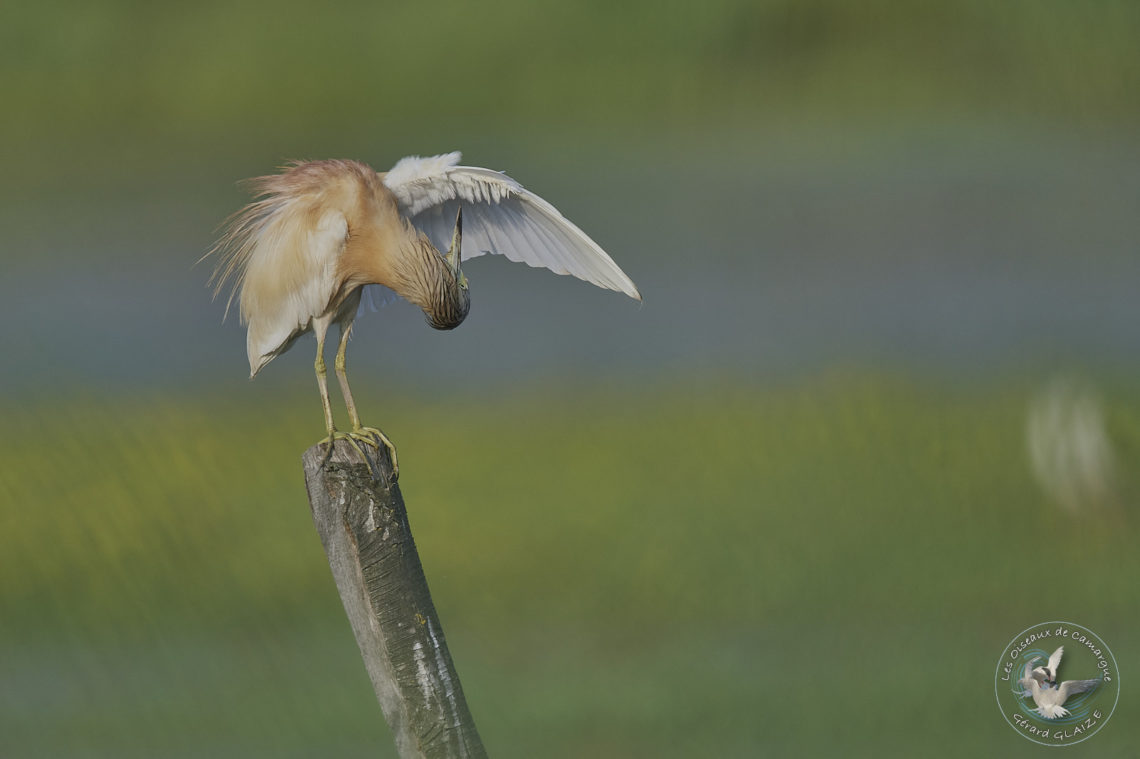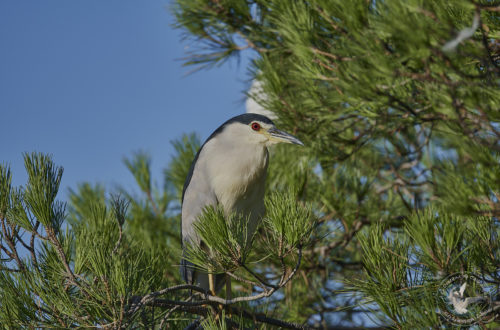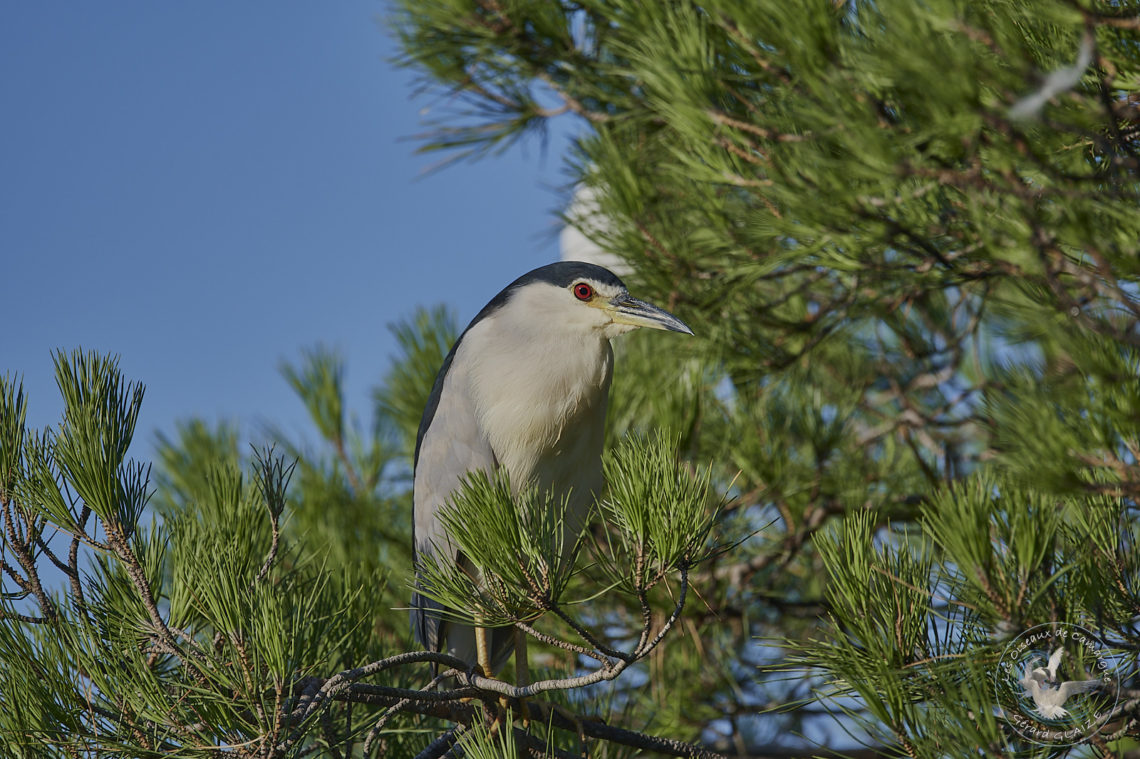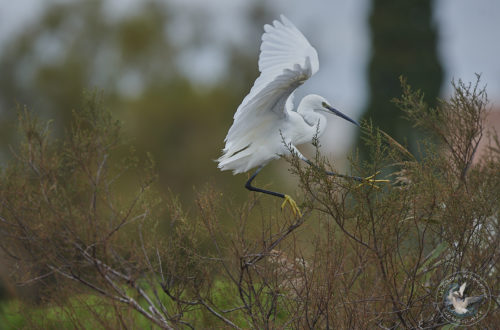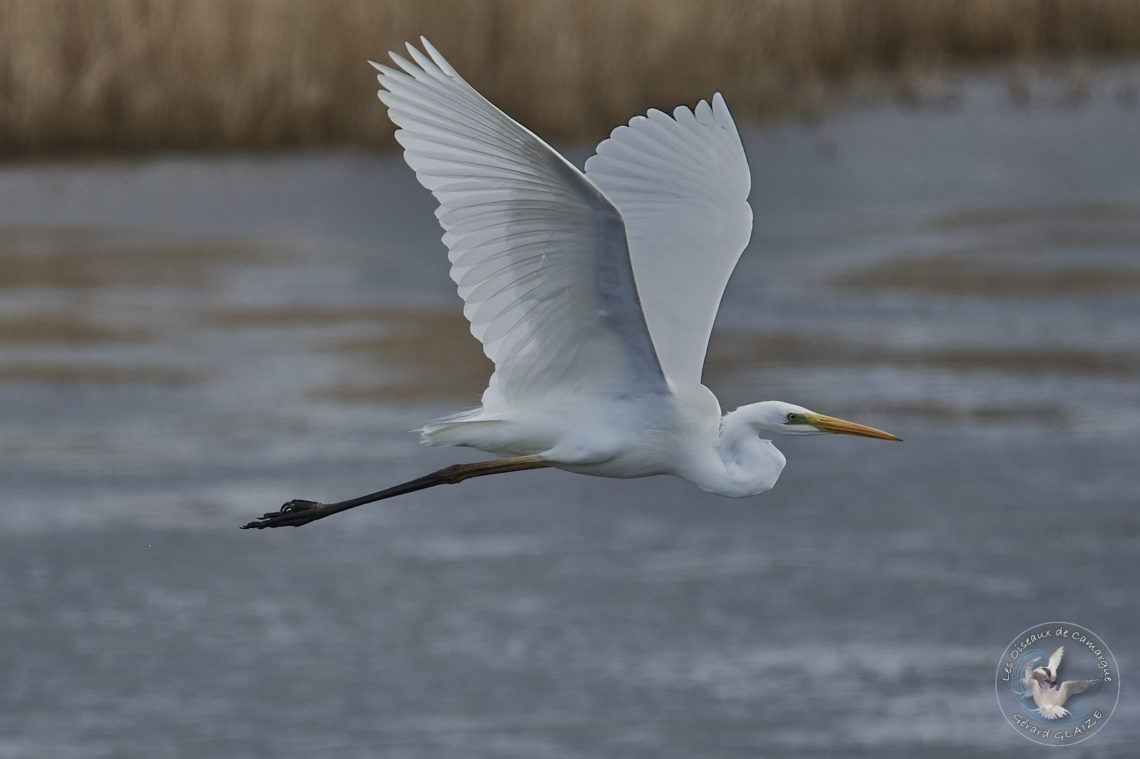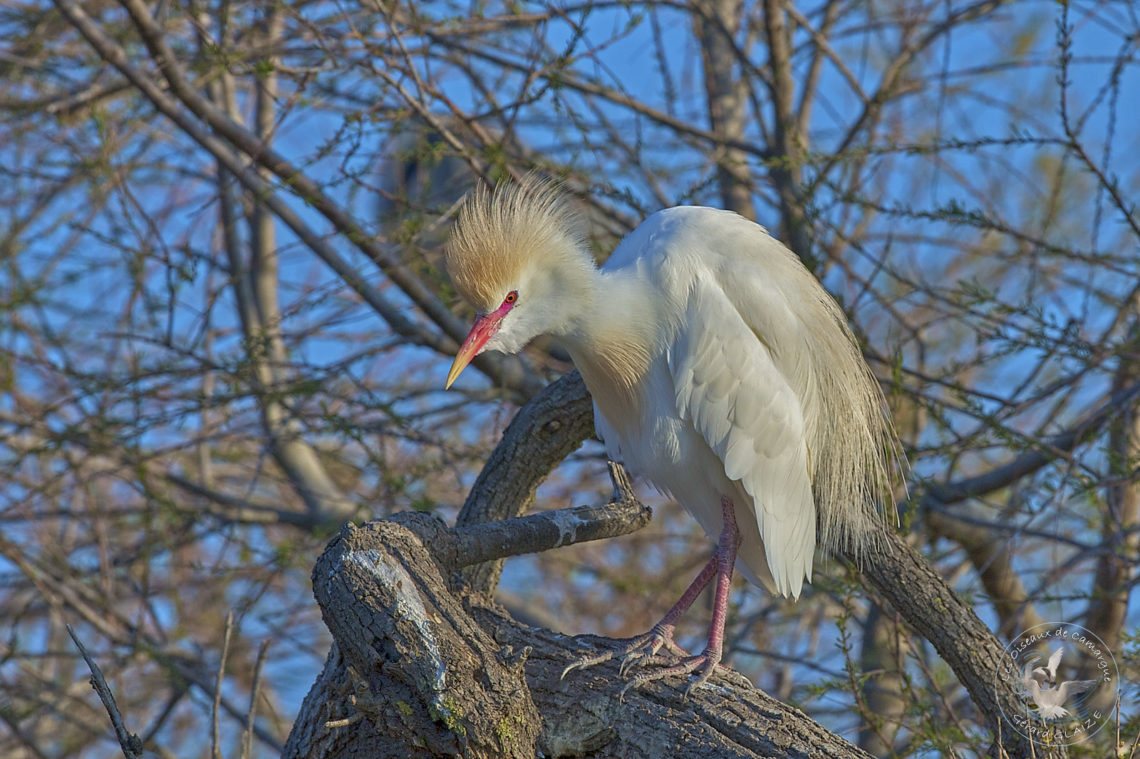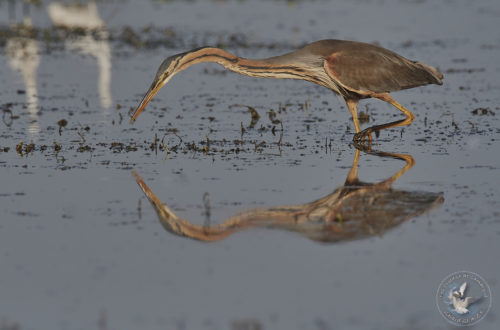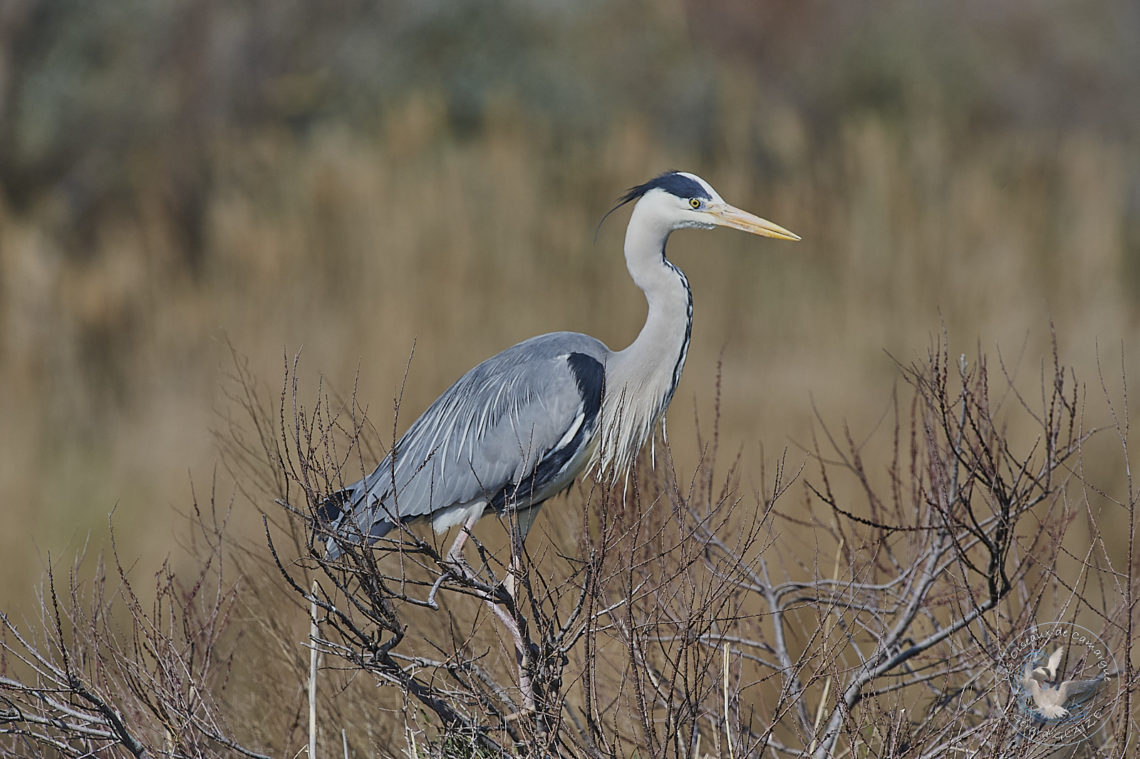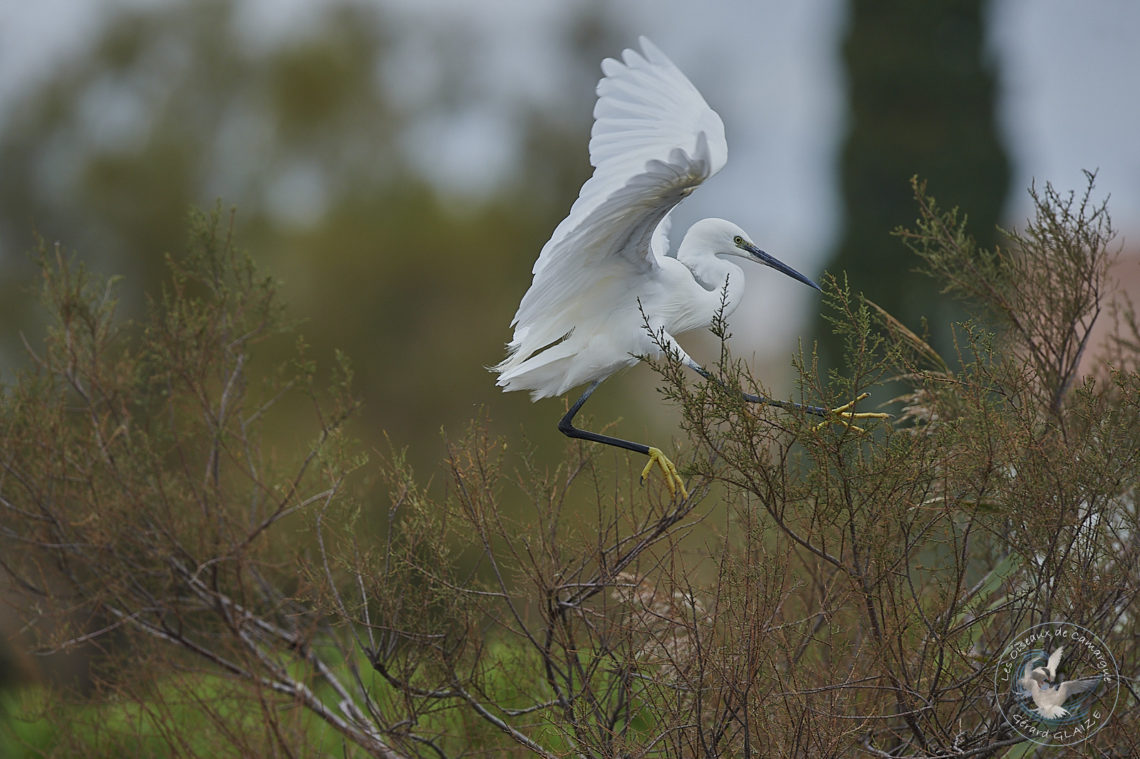Ardeidae
Ardeidae, are a family of birds comprising 19 genders and 67 species of herons, egrets, bitterns and relatives (crab eaters, night herons, bittern, etc.). These birds are medium to large waders (27 to 140 cm). These are characterized by a long, slender neck, folded in the shape of an “S”, and by an orange-yellow, elongated and conical dagger-shaped beak. Herons live in wetlands, bodies of water (lakes or ponds) and streams. They feed on batrachians, fish or rodents.
-
Purple Heron
The purple heron has purplish-brown plumage with slaty-grey wings, reddish-brown breast, black abdomen and purplish-red flanks and scapulars.
-
Squacco Heron
The Squacco Heron is a species of medium-sized wading bird in the family Ardeidae. It is characterized by a generally deep buff or light brown color.
-
Black-crowned Night Heron
Black-crowned Night Heron is a stocky bird with a broad head, thick, short neck, and short legs. The adult has black crown and mantle. The black bill is short and thick.
-
Great Egret
The Great Egret is a wading bird living near freshwater. It is the largest of the herons and egrets present in Europe.
-
Western Cattle Egret
Home >> Blog >> Western Cattle Egret This little white heron owes its name to the fact that it likes to stay near livestock. It takes advantage of the latter’s presence by feeding on frightened insects. It can be recognized by its rather stocky silhouette, its rather short beak and the distinct bulge of feathers under it. The cattle egret differs from other herons by its massive silhouette and short beak. Western Cattle EgretScientific name : Bubulcus ibisFamily : ArdeidaeLength: from 46 cm to 52 cm – Wingspan: from 82 cm to 95 cmWeight : from 340 gr to 390 grIUCN Conservation Status: LC Flight The Cattle Egret’s flight is…
-
Grey Heron
The Grey Heron is the best known of our herons, it often nests in colonies, in trees near water. (heronry). In the Camargue, it is found near ponds and marshes, it likes shallow stretches of water.
-
Little Egret
Little egret is the most widespread of the egrets. It is recognized by its white plumage, its very elongated black beak, its black legs with yellow fingers.
